A Dig Towards the Core of the Earth Uncovers a Lot of Scientific Secrets
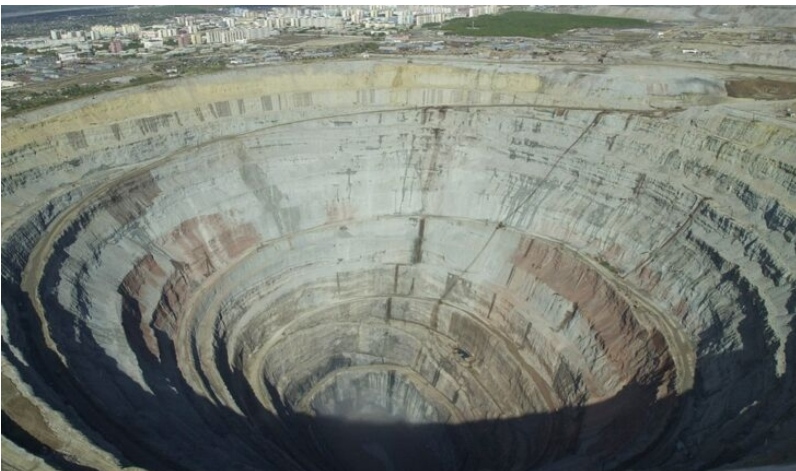
By Christine R.
Have you read the classic Jules Verne novel entitled “Journey to the Center of the Earth?” The science fiction novel definitely made our imagination run wild. But have you ever wondered what really is in the center of the earth?
In a remote peninsula somewhere in Russia, a group of scientists has spent decades drilling down the ground to reach the center of the earth. But after decades of hard work, the team made a discovery that forced them to stop digging deeper.
It was a race
The ambitious goal to dig towards the center of the earth started with a competition between the USA and the USSR to conquer the subterranean world. We all know the space race between the two nations to conquer outer space but little was known about another race to dig as far into the Earth’s crust as they possibly could.
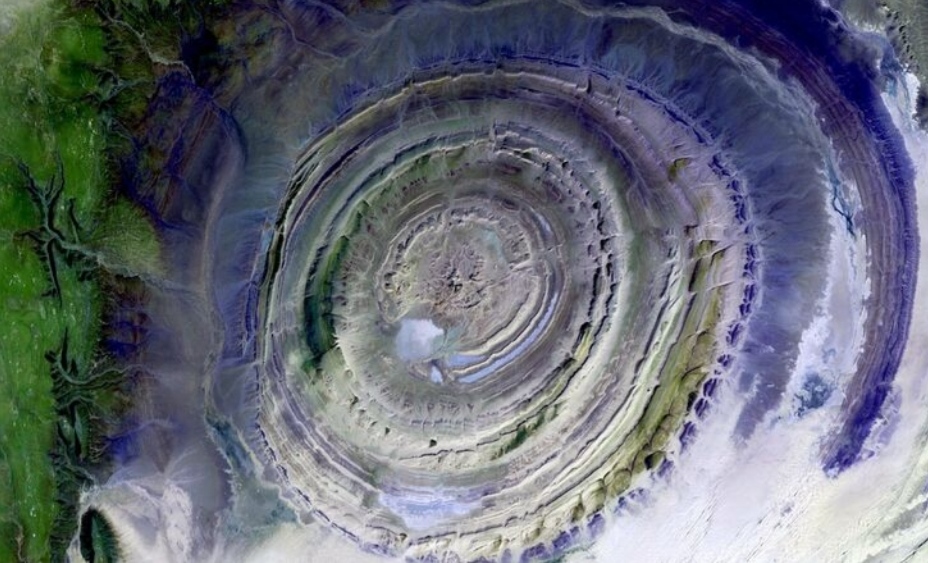
Source: Maternity Week
You may think that dirt and rocks are not that compelling compared to the mystery of the cosmos but the Earth’s crust leads the way to the mantle – the mysterious inner layer that makes up 40% of Earth’s mass. What could that 40% be made of?
Project Mohole
In 1957, the US team took the lead in the digging race as they started Project Mohole. The project’s mission was to get a sample of the Earth’s mantle by drilling to the bottom of the ocean in an area off Guadalupe Island, Mexico. The team of engineers were able to drill through the bed of the Pacific Ocean as they were able to reach a depth of 601 feet.
Project Mohole was funded by the National Science Foundation. However, 8 years into the project, the funding was cut off by the US House of Representatives. Despite starting first, the Americans never got to the mantle.
Kola project
It took a while for the USSR team to start their project. In fact, it was not until May 24, 1970, that the Russians started drilling toward the center of the Earth. They started drilling in the Pechengsky District, a low-populated area in the Kola Peninsula, Russia.
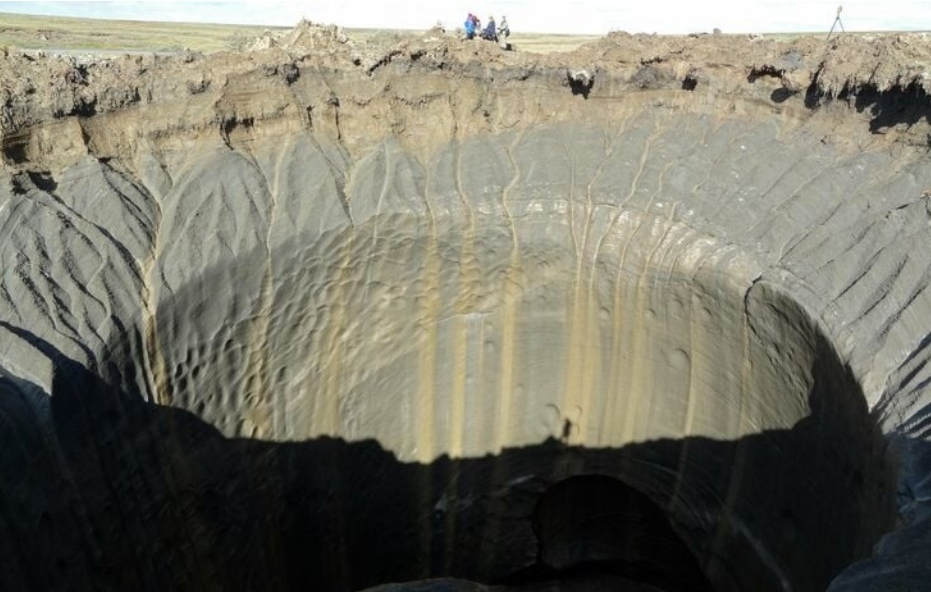
Source: Maternity Week
The Russian team had a simple goal – to dig as far as possible into the Earth’s crust. Of course, they aimed to go further than the 600 feet that the American team achieved. In fact, the goal was a minimum of 49,000 feet.
Specialized equipment
The Russian team used specialist equipment in their project. Drilling was done using the Uralmash-4E, which was a serial drilling rig used to drill oil wells. This rig was modified a bit to be able to reach a depth of 7,000 meters.
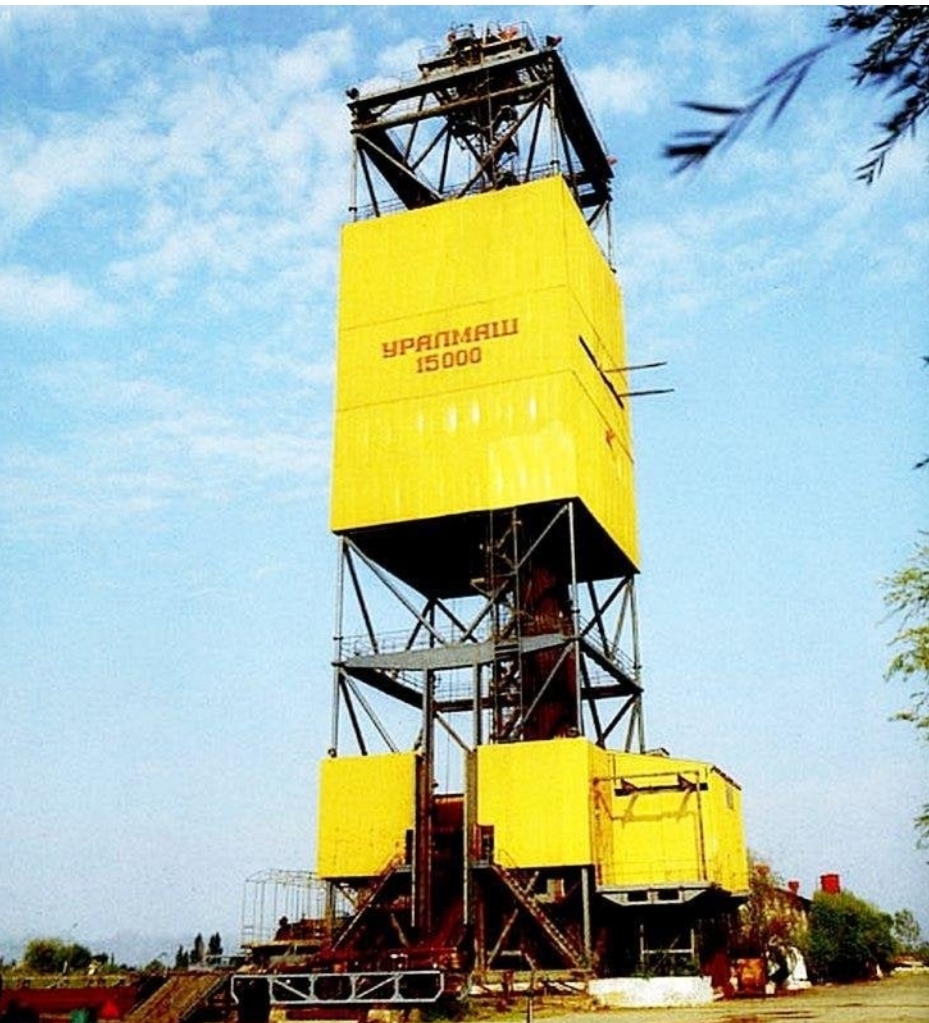
Source: ResearchGate
Throughout the project, the Soviet team developed instruments that would help them take direct physical measurements at the bottom of the borehole. Because of this, they had greater measurement integrity. In 1974, the team upgraded to an Uralmash-15000.
The Bertha Rogers Hole
While all of this is going on, the Americans had been doing some progress of their own as well. In 1974, the Lone Star Producing Company started drilling for oil in Washita County, Oklahoma. They never found oil but they were able to dig the deepest hole existing on the planet at that moment.
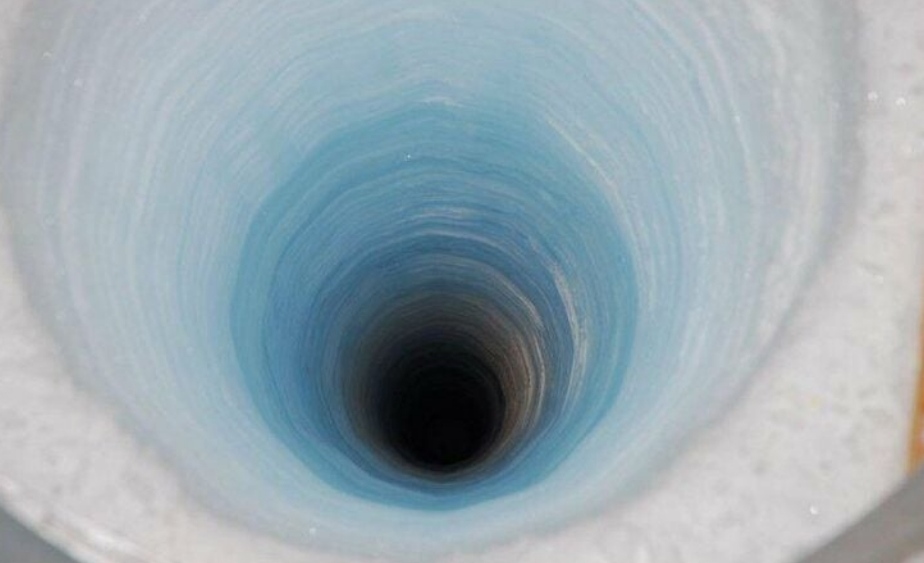
Source: Maternity Week
Their drill became the “Bertha Rogers hole” which is a manmade hole that reached over 31,400 feet below the surface of the Earth. Although no longer the deepest manmade hole in the world, it still remains to be the deepest manmade hole in America.
Surpassing the American team
On June 6, 1979, one of the boreholes created by the Russian team surpassed the depth of the Bertha Rogers hole. The borehole was dubbed SG-3. By 1983, the SG-3 borehole has reached a depth of 39,000 feet below the surface.
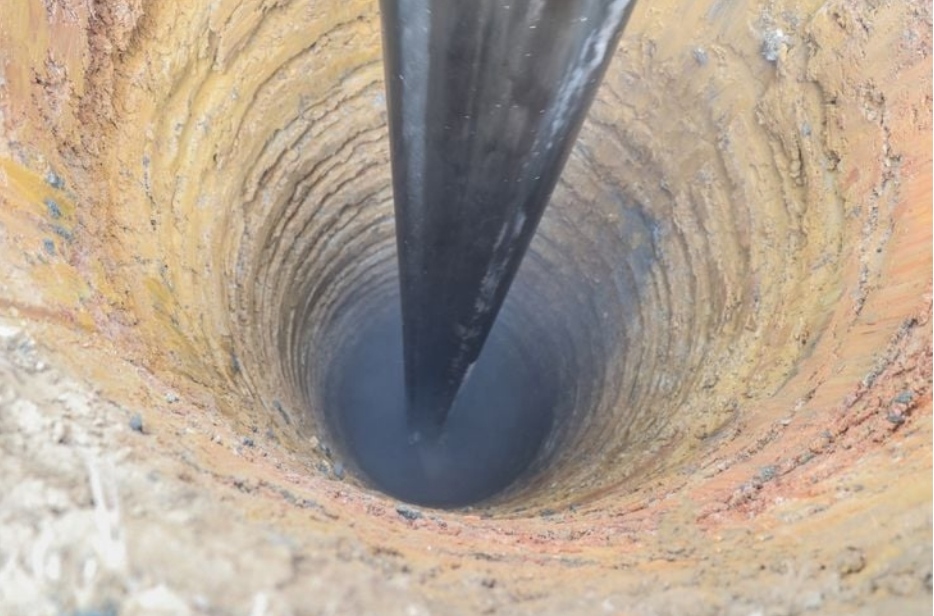
Source: Maternity Week
The hole had a width of 9 inches. This meant the Russian team was only 10,000 feet shy of their minimum goal. They stopped drilling for 12 months so that different researchers could come to visit and see the site.
Focusing on another borehole
When the Russian team resumed drilling a year later, they unexpectedly had a technical problem that forced them to stop drilling at borehole SG-3. Unfazed, the Russian team decided to start again with another borehole. This borehole had a depth of 23,000 feet.
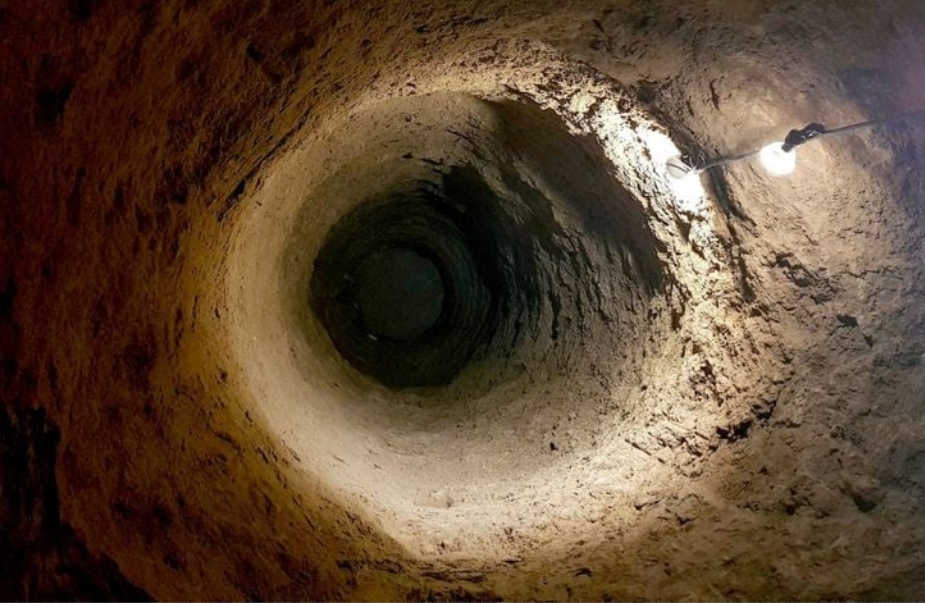
Source: Maternity Week
In 1989, the new borehole the Russian team focused on reached its goal. In fact, the drilling reached 40,230 feet deep. That was about 7.5 miles into the Earth’s crust. This encouraged the team and made them believe that they could reach 44,000 feet sometime in 1990.
An unexpected heat
But things did not go as well as the Russian team had hoped for. As they dug deeper, they had no idea they were about to come in contact with something unexpected. As their drill slowly inched closer to the earth’s center, a complete change occurred.
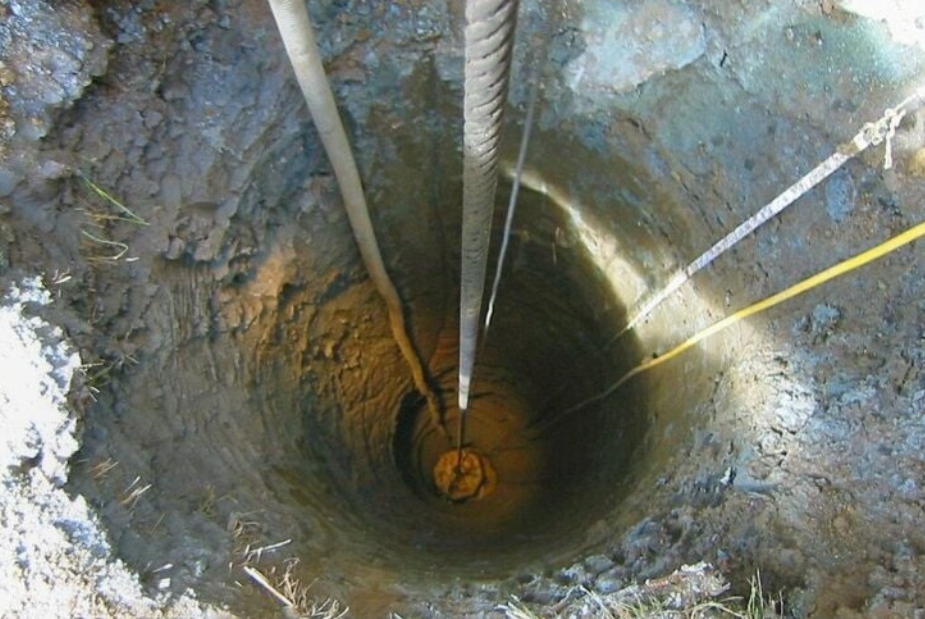
Source: Maternity Week
The first change was that the temperature inside the borehole started to change. As they dug further, the heat started to shoot up faster. By the time they were nearing their target of 49,000 feet, the heat in the hole
Updated temperature map
The temperature map of the Earth’s interior was updated thanks to the findings from the Kola Superdeep Borehole. Now geologists have more realistic data to rely on when it comes to the Earth’s temperature.
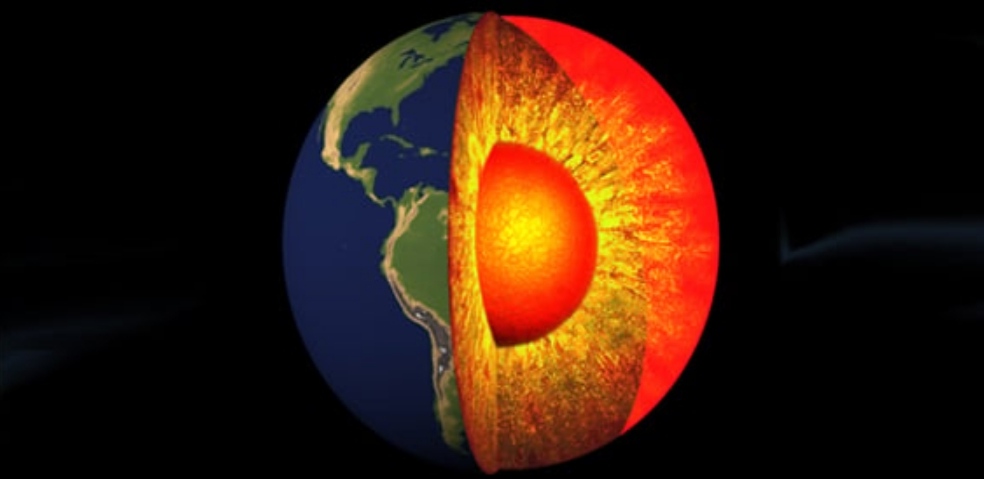
Source: Maternity Week
The temperatures encountered during the drill turned out to be much higher than what was expected. It was a huge change in the field of Geology proving that we can still learn so much more over the years. And that’s all thanks to the Russian team.
Debunking theories
The Russian project produced a lot of geological data that expanded what we know about the Earth. The Kola superdeep borehole gave a direct look at the structure of the crust and was able to confirm and debunk a lot of theories in geology.
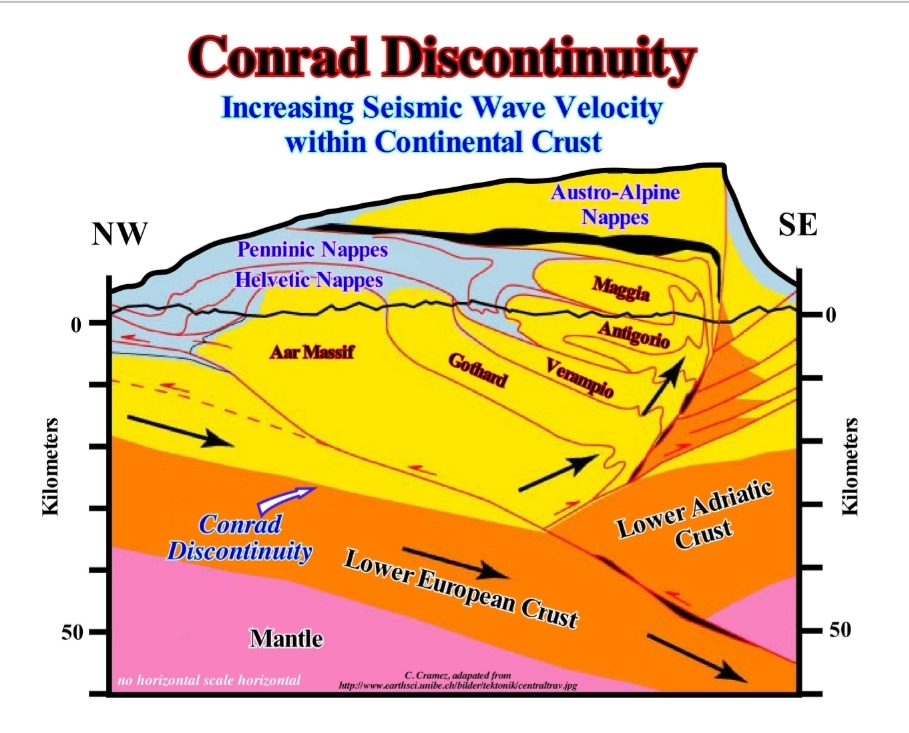
Source: Sequential Stratigraphy
One of these theories is the “Conrad discontinuity” which predicted that there was a transition from granite to basalt 3 to 6 kilometers beneath the surface. The Kola Superdeep Borehole findings would debunk this theory.
Granite all the way
The Conrad discontinuity theory was created by measuring seismic waves. For a while, this was how science pictured the Earth’s crust – having layers from granite to basalt rocks. But the Kola Superdeep Borehole showed that this was not the case.
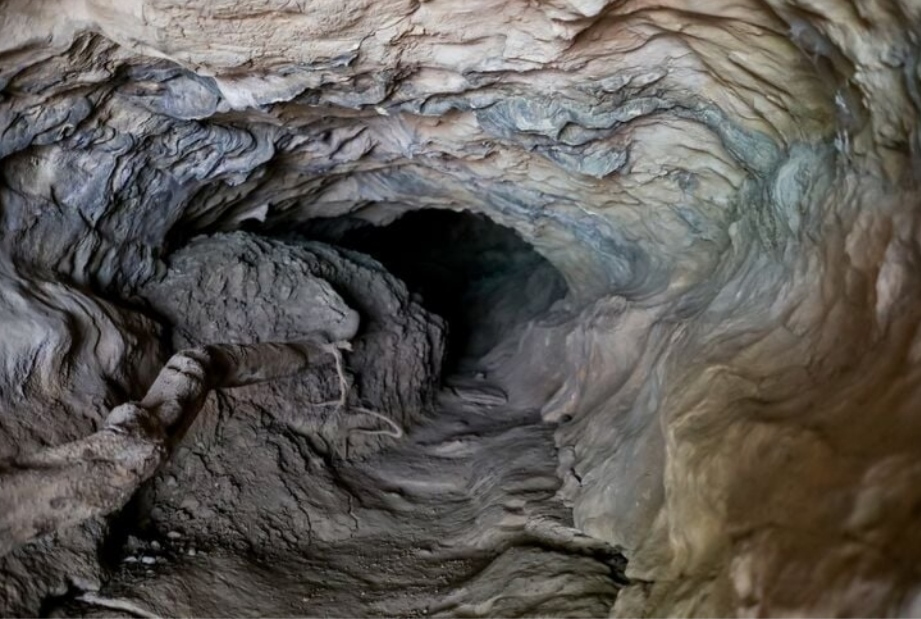
Source: Maternity Week
Researchers found that there was only granite at the farthest reaches of the borehole. This meant that the changes in the seismic waves were caused by the metamorphic differences in the rock – not a shift to basalt.
Flowing water beneath the surface
But the most fascinating find from the Kola Superdeep Borehole was when they ran into flowing water several miles deep beneath the surface. Before that, nobody would have thought that liquid water could exist so deep beneath the surface.
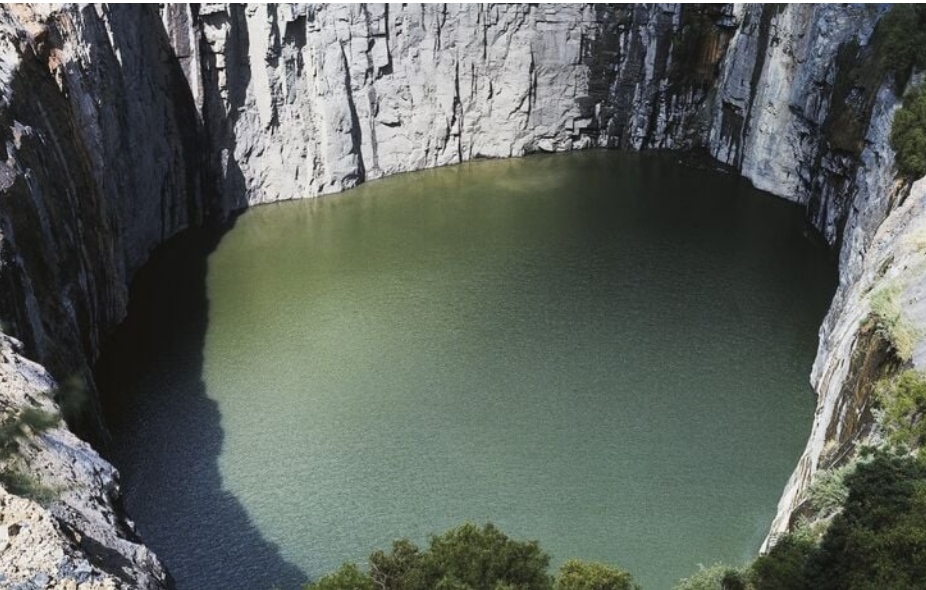
Source: Maternity Week
This showed that the crust of the Earth was not as dense as what was once predicted. Pathways existed that allowed fluids to flow. The research team believed that the flowing water is the result of a strong pressure that forced the hydrogen and oxygen atoms out of the rocks.
A tourist spot
Coincidentally. the closure of the Kola Superdeep Borehole also happened during the fall of the Soviet Union. Today, the site is abandoned and marked as an environmental hazard. This did not stop curious visitors from coming by and checking it out though.
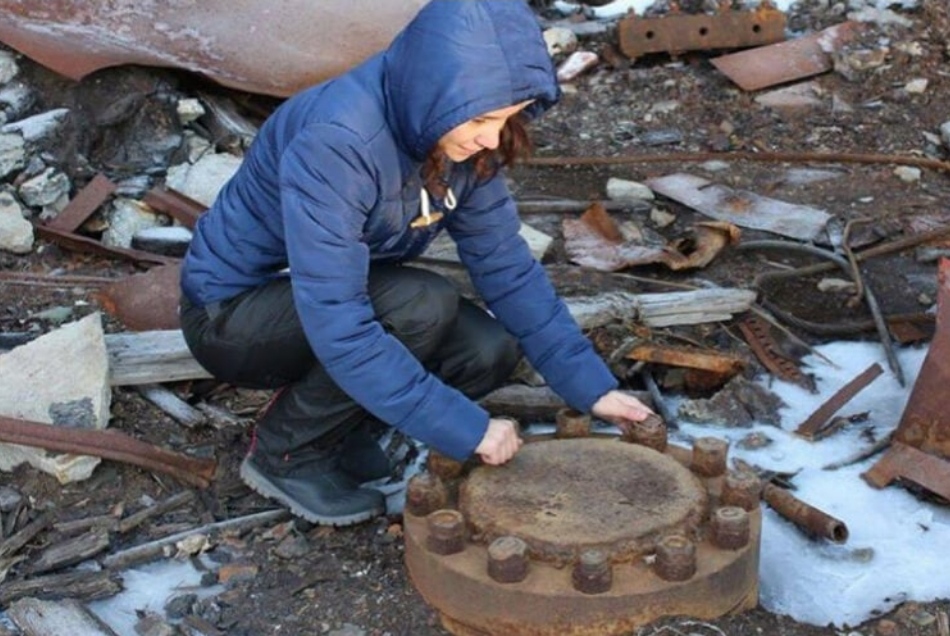
Source: HashtagChatter
It seems hard to believe that an abandoned drill site that had rotting wood and scrap metal scattered all over the area sits in the deepest hole in the planet. Although the Kola Superdeep borehole is welded shot, it still remains a fascinating find.
So close yet so far
To this day, nobody has beaten the record of the Russian team. For perspective, the borehole’s depth is the height of Mount Everest and Mount Fiji on top of one another. The Kola Superdeep Borehole remains to be the deepest manmade hole on the planet.
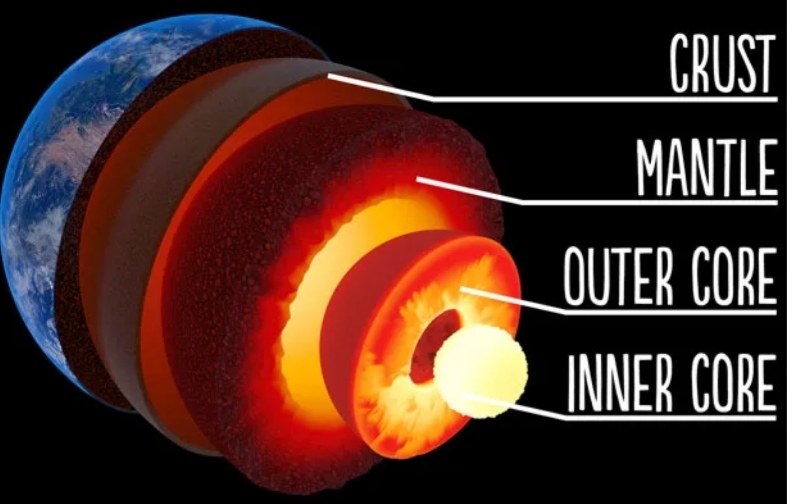
Source: DoubleHelix
Was the project at least able to reach the center of the Earth? Although the Kola Superdeep Borehole is quite an impressive feat, it still is shallow if you compare it to the Earth’s depth. The truth is that the borehole was only able to penetrate about a third of the Earth’s crust and 0.2% of the entire distance toward the core of the planet.
A long way to go
Other attempts were made to reach the Earth’s core by other countries including Germany, Sweden, and Austria. But none of these projects were able to go deeper than the Kola Superdeep Borehole. Some were longer because they veered off from a vertical course but they do not go deeper.
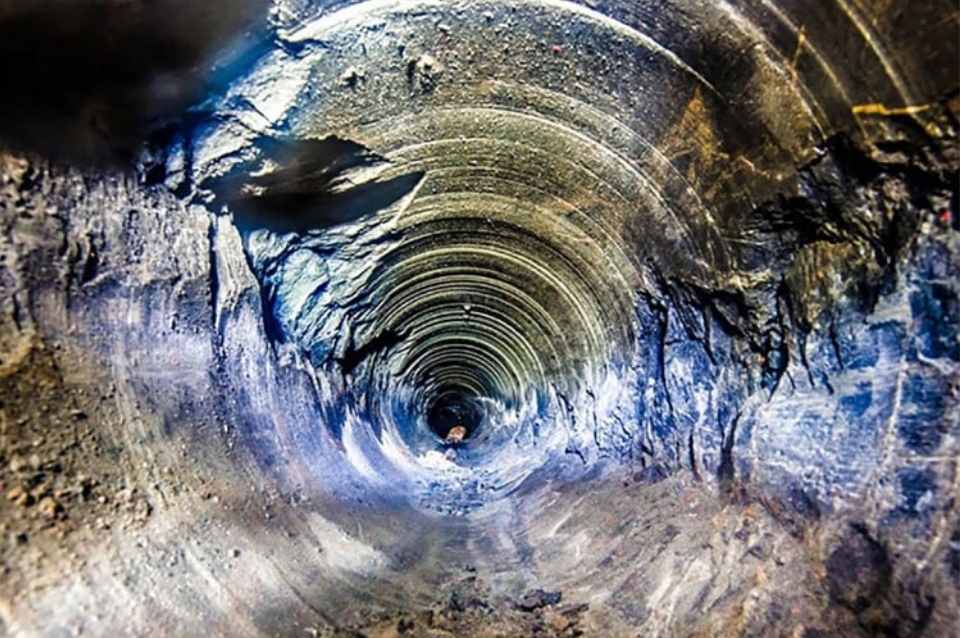
Source: HashtagChatter
There is still definitely a long way to go when it comes to humanity’s journey toward the centre of the Earth. Who knows what we would find in the mantle someday? Looks like we will have to wait.



